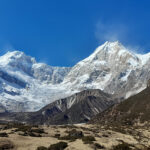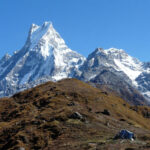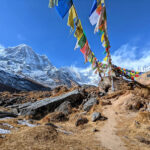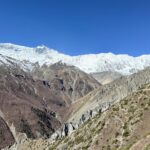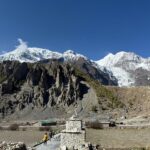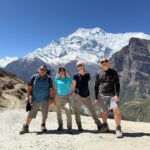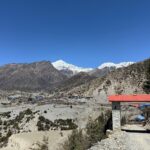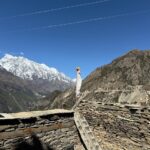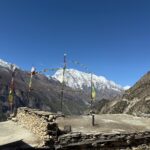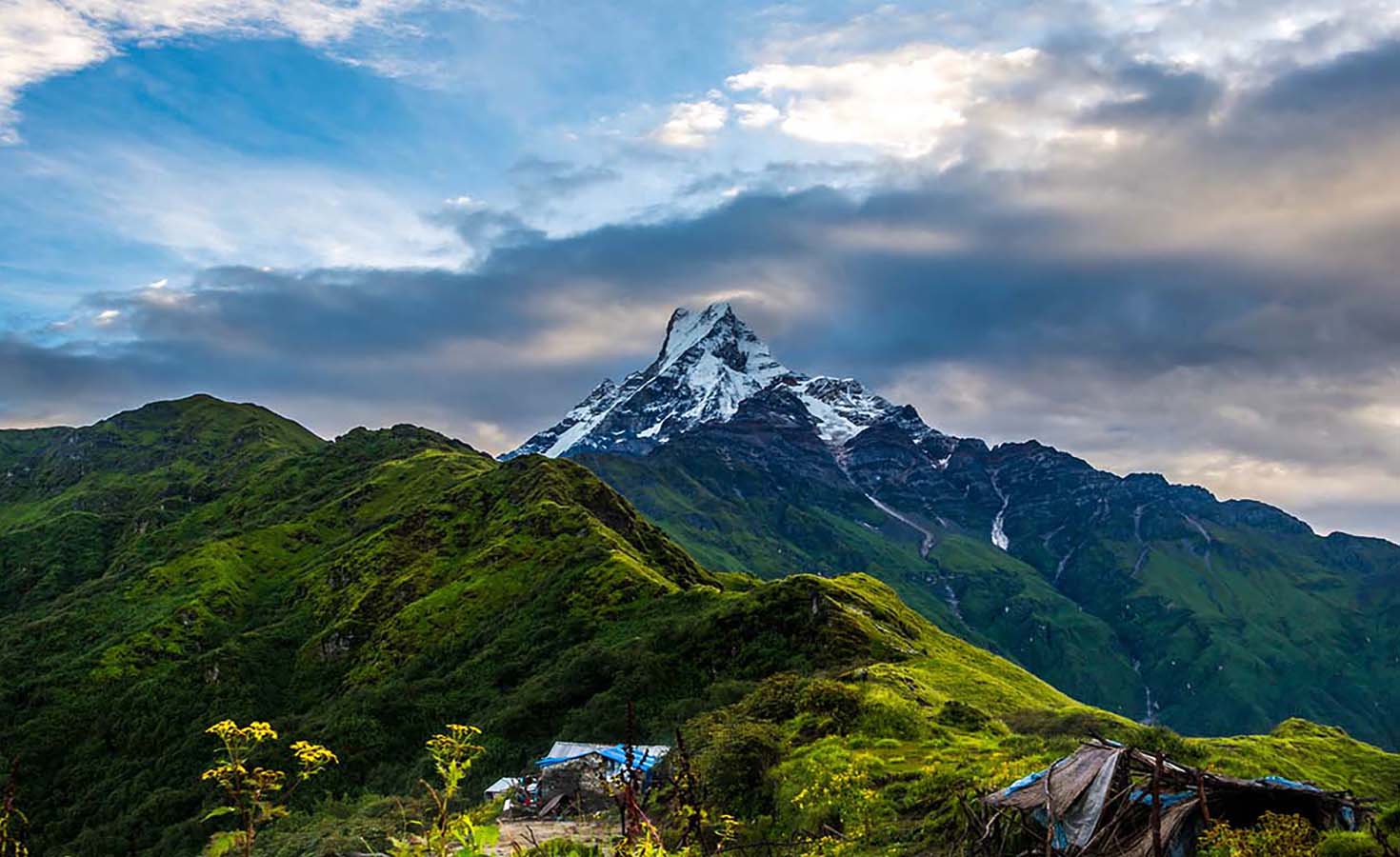
Best Time for Mardi Himal Trek
Tucked away in the shadow of the mighty Annapurna range lies a lesser-known jewel of Nepal’s trekking scene — the Mardi Himal Trek. This stunning trail combines breathtaking mountain panoramas, rich biodiversity, and vibrant local culture, offering a unique experience for both seasoned and novice trekkers. While the Mardi Himal Trek is accessible throughout the year, choosing the right time to go is key to maximizing your adventure. In this article, we explore the best seasons for the Mardi Himal Trek, the weather conditions you can expect, and how to prepare for a safe and rewarding journey.
Understanding Mardi Himal Trek
Located in the Annapurna region, the Mardi Himal Trek is a relatively new and less-traveled route that takes you through traditional Gurung villages, dense rhododendron forests, and serene alpine meadows. The trail eventually leads you to Mardi Himal Base Camp, perched at an altitude of around 4,500 meters, from where you’re rewarded with jaw-dropping views of Mardi Himal, Machhapuchhre (Fishtail), Annapurna South, and Hiunchuli.
The trek typically spans 7 to 10 days and starts from Pokhara, a picturesque lakeside city and the gateway to the Annapurna region.
Best Time for Mardi Himal Trek: Spring and Autumn
Although it is possible to undertake the Mardi Himal Trek year-round, the optimal trekking seasons are spring (March to May) and autumn (September to November). These periods offer the most stable weather, clearest skies, and best trail conditions, making them the preferred choice for most trekkers.
Spring Season (March to May)
Overview:
Spring transforms the Mardi Himal trail into a kaleidoscope of colors. Rhododendrons, Nepal’s national flower, bloom vibrantly, and the forested paths are filled with the sweet aroma of wildflowers. This season is a dream come true for nature lovers and photographers.
Weather Conditions:
-
Daytime temperatures: 15°C to 25°C
-
Nighttime temperatures: 0°C to 10°C
-
Occasional afternoon showers are possible, especially toward May.
Pros:
-
Bursting flora and scenic forest trails.
-
Clear mountain views in the mornings.
-
Moderate temperatures ideal for trekking.
-
Less crowded than autumn, providing a more peaceful experience.
Cons:
-
Chance of light rain, requiring waterproof gear.
-
Leeches may be present in forested areas.
-
Some snow may remain at higher altitudes early in the season.
Autumn Season (September to November)
Overview:
Widely regarded as the best time for trekking in Nepal, autumn offers crisp mountain air, stable weather, and stunning views of snow-covered peaks. The monsoon rains leave the landscapes lush and green, while the clear skies allow for unparalleled visibility.
Weather Conditions:
-
Daytime temperatures: 10°C to 20°C
-
Nighttime temperatures: 5°C to 10°C
-
Low chance of precipitation, with long, sunny days.
Pros:
-
Excellent visibility and dramatic mountain scenery.
-
Comfortable temperatures for hiking.
-
Cultural immersion opportunities with major festivals like Dashain and Tihar.
-
Higher wildlife activity in the forested regions.
Cons:
-
More trekkers on the trail, especially in October.
-
Accommodations may fill quickly; advanced bookings recommended.
-
Prices may be slightly elevated due to high demand.
Alternative Trekking Seasons
Winter (December to February)
If solitude and snow-capped serenity are what you seek, winter may be an appealing option. The trail is quieter, and the views can be spectacular after a fresh snowfall.
Pros:
-
Tranquil environment with very few trekkers.
-
Clear views, particularly in the early morning.
-
Snow-covered landscapes are stunningly beautiful.
Cons:
-
Cold temperatures, especially at night and higher altitudes.
-
Some lodges may be closed above Forest Camp.
-
Trails can be icy and treacherous.
Summer/Monsoon (June to August)
While often overlooked due to rainfall, the monsoon season brings a different kind of beauty. The hillsides are lush, waterfalls are in full flow, and the environment is peaceful.
Pros:
-
Rich greenery and blooming flora.
-
Fewer tourists on the trail.
-
Cooler temperatures than the lowlands.
Cons:
-
Slippery and muddy trails.
-
Frequent rain and reduced mountain visibility.
-
High chance of encountering leeches.
-
Risk of landslides in certain areas.
Route Overview: What to Expect
Trek Itinerary Snapshot:
-
Pokhara to Kande – Scenic drive to the starting point.
-
Kande to Australian Camp – Gradual uphill through terraced fields and pine forests.
-
Australian Camp to Forest Camp – Rhododendron forests dominate the trail.
-
Forest Camp to Low Camp – Gain elevation with improving views.
-
Low Camp to High Camp – Transition into alpine terrain.
-
High Camp to Mardi Himal Base Camp – Breathtaking views of Mardi Himal and surrounding giants.
-
Descent back to Pokhara – Retrace or loop back via Siding village.
Preparing for the Mardi Himal Trek
Proper preparation ensures a safer and more enjoyable experience:
-
Fitness: Cardiovascular training, strength workouts, and hiking practice are recommended.
-
Gear: Include waterproof layers, sturdy hiking boots, sleeping bags, and trekking poles.
-
Permits: You’ll need the Annapurna Conservation Area Permit (ACAP) and a TIMS card.
-
Guide/Porter: While not mandatory, hiring a guide or porter enhances safety and supports local employment.
Accommodation and Amenities
The trek is supported by basic but comfortable teahouses offering warm meals and lodging. While most have electricity and mobile charging options, Wi-Fi may be limited at higher altitudes. Carrying cash is essential, as card payments are rarely accepted.
Final Thoughts
In conclusion, autumn and spring stand out as the best times to undertake the Mardi Himal Trek, thanks to favorable weather, clear skies, and stunning natural scenery. Whether you’re marveling at rhododendron blooms in spring or enjoying crisp mountain air in autumn, this trek offers something special every season. However, with the right gear, preparation, and mindset, the Mardi Himal Trek can be a rewarding experience year-round.
So lace up your boots, embrace the call of the Himalayas, and get ready for an unforgettable adventure into one of Nepal’s most captivating trekking routes!

